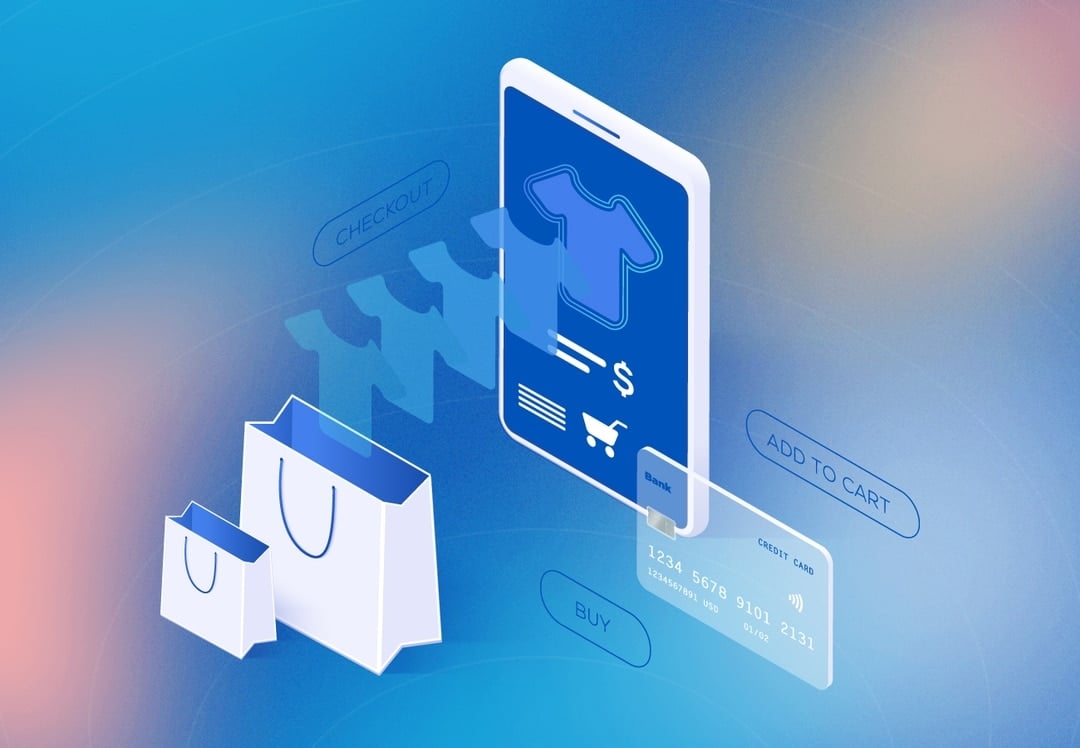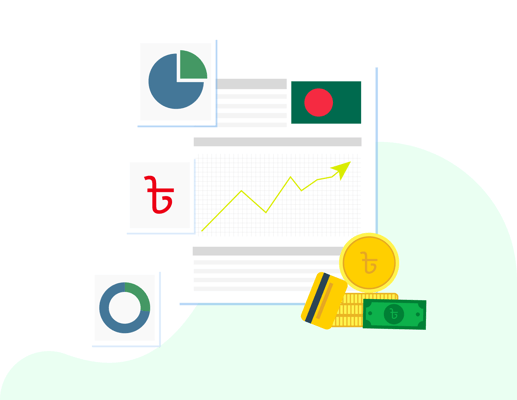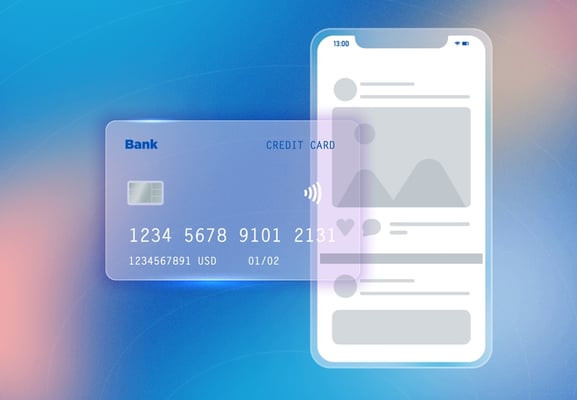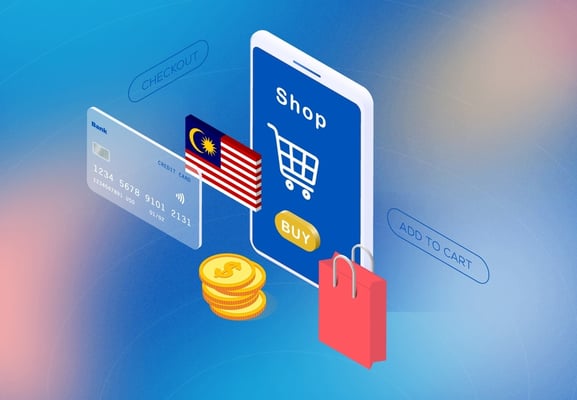In 2022, the Philippines contributed real-time digital transactions worth US$28,540.00m. According to estimates, the average Philippines’ ‘neo-banking’ user’s transaction value is expected to reach US$6.28k in 2022. Fintech innovations are revolutionizing commerce and retail businesses beyond imagination. Consumers’ necessities boost the finance ecosystem by transforming point-of-sale experiences for sellers and buyers.
Philippines Payment Trends for 2022
At present, payment ‘super apps’ boost real-time payment processes with embedded finance simplification, POS system streamlining, and crypto and central bank digital currency transaction services. The Philippines demonstrated maximum growth in the real-time payments sector with a 400% annual increase. Despite this evident growth, a large part of the Filipino population is still unbanked.
The Philippines has embraced real-time digital payments as one of the most viable and inclusive alternatives for personal, retail, commercial, and business use cases. The Philippines boasts home-grown payment method solutions (e.g., GCash) and cross-border payment options to offer incentives and domestic schemes to users.
By 2025, the Filipino economy aims to onboard 72% of its population to digital payment methods.
Top 9 Payment Methods in the Philippines

1) Credit Cards: VISA, Mastercard, American Express
As of 2021, credit cards occupy 16% of all Philippines eCom transactions and 14% of all POS payment method preferences. The post-pandemic revival of the economy has contributed significantly to the re-emergence of credit card transactions.
Philippines’ Central Bank aims to popularize credit cards by reducing the burden on credit card holders during the COVID-19 pandemic.
2) Cash
In 2021, Philippines retailers witnessed a rapid decline in POS cash transactions, causing the cash payments to fall below 1/3rd of all sales. The pandemic has caused a paradigm shift in the various payment methods of Filipino consumers.
The BSP creates practices and regulations to drive nations towards a ‘cash-lite’ economy. In contrast, cash-based transactions are not entirely out of practice. The BSP plans to facilitate reliable and efficient digital payment methods to utilize interoperable technological advancements.
Related blog: Top 12 Payment Gateways in the Philippines That You Need To Know About
3) Digital/Mobile Wallet:
Currently, digital wallets are leading the eCom payment solutions pack. GCash and PayMaya will piggyback on at least 45% of all eCom transactions in the Philippines by 2025.
In 2021, digital and mobile wallets contributed 16% of all preferred POS payment methods. Some notable features include trackable transaction trails for bookkeeping, seamless integration with web services, and incentives for service usage amongst local and domestic service providers.
The above-mentioned digital payment services lead the digital payment domain by occupying 30.5% of the market. They have become the fastest payment method of choice; a few well-known names in Philippines are:
-Gcash
GCash is an e-wallet in the Philippines that allows customers to pay bills, send and receive money, buy in-store and online, all through their smartphone.
-Coins.ph
Coins.ph is the simplest way to buy, sell, and store cryptocurrency in the Philippines. Coins.ph will enable you to invoke e-wallet activities like sending money, buying and loading, paying bills, and more.
-PayMaya
PayMaya is a popular Philippine electronic wallet that may be used for both personal and business transactions. PayMaya is a wonderful alternative if you prefer cashless transactions for your purchases and payments, like I do, especially if you don't have a bank account or a credit card. PayMaya can also be used to send and receive money.
A PayMaya enterprise account allows you to accept digital payments in your retail or online store if you are a merchant.
-GrabPay
GrabPay is a mobile wallet within the Grab app that lets you pay seamlessly for Grab services. Recently, they added more features to make it a more full-fledged mobile wallet.
-Global Wallets
Alipay, Paypal and Bitpay Are just a few of the global wallets that are accepted in the Philippines.
4) Cash on Delivery (COD)
Cash-on-Delivery (COD) continues to be one of the most preferred means of financial transactions among Filipino retailers and consumers. However, this payment mode took a massive hit when the BSP mobilized mandates to transition to cashless payment systems.
Mobile wallets, online card payments, and QR payments slowly grew in usage. Still, the banked and unbanked Philippines population continued to rely on cash and COD in tandem.
5) Mobile Contactless Payments
Mobile contactless payments allow consumers to pay confidently with a mobile wallet balance and integrated credit/debit cards. Users can transact with their finances using Near-Field Communication (NFC) on two NFC-enabled devices. The NFC technology uses Radio-Frequency Identification (RFID) technology.
RFID allows NFC-active devices to read information from passive machines. This enables a consumer to permit financial transactions with prior authentication.
NFC devices offer a novel use case, such as contactless credit cards. This facility helps consumers and retailers sustain economic activities while maintaining social distancing protocols.
6) Direct Debits
In recent years, most businesses have been relying on convenient payment methods. Direct debit is a viable payment model in the Philippines, APAC, and beyond.
Direct debit is still in use in the Philippine public sector. This mode of financial transactions drives regional bank transfers. Direct debit payment methods are here to stay in this South Asian nation, given the high volume-value payments.
7) QR Codes
The primary idea behind QR code technology is to enable a streamlined payment method to help customers opt for contactless and one-touch payment options. The merchants can integrate various bank-issued credit and debit cards to complete the POS process. The Philippines Monetary Board favors QR codes to boost financial inclusion. The country’s National Retail Payment System (NRPS) model has collaborated with the PMB on this note. Interoperable QR codes are in practice, even after the lockdown has subsided.
8) Over-the-counter (OTC) Payments
OTC utilizes Mobile Station international Subscriber (MSISDN), which merchants use to open temporary digital payment ledger’s on behalf of the customer. This wallet does not require the consumer to have an MSISDN-enabled device (mobile phone).
OTC transfers greatly assist Philippines merchants in catering to the country’s large, unbanked consumer populace. At the very least, this payment mode offers a highly fruitful alternative to shoppers and retailers to transact in a still cash-reliant Filipino society. Today, OTC payments are readily in practice at departmental POS stores. OTC payments perform better than active digital payment alternatives as consumers do not rely on eWallets and web-based payment methods for bulk monetary transactions.
9) Bank transfers
With the initiation of the COVID-19 pandemic, consumers and retailers have enjoyed massive concessions on convenience fees. Bank transfers are helpful for same-day transfers for national and international payment instances. Additionally, they are convenient for instant regional transfers. Some of the local banks are :
| 1 | BDO UNIBANK INC |
| 2 | LAND BANK OF THE PHILIPPINES |
| 3 | BANK OF THE PHIL ISLANDS |
| 4 | METROPOLITAN BANK & TCO |
| 5 | PHIL NATIONAL BANK |
| 6 | CHINA BANKING CORP |
| 7 | RIZAL COMM'L BANKING CORP |
| 8 | DEVELOPMENT BANK OF THE PHIL |
| 9 | SECURITY BANK CORP |
| 10 | UNION BANK OF THE PHILS |
| 11 | EAST WEST BANKING CORP |
Local Payment Methods and Rising Complexities for Businesses
Philippine’s Digital Investment segment has mobilized digital payment services, projecting revenue growth of 36.3% in 2023, and with good reason. By 2026, the Philippines’ digital payment sector plans to support 58.26m users.
Additionally, the Philippines eCom market is slated to grow by 17% by 2025. Consequently, FinTech solutions such as digital wallets have used the momentum as a stepping stone to becoming a favorite for the Filipino populace. However, the problem primarily lies with market penetration. The Philippines Government’s Digital Payments Transformation roadmap plans to onboard 70% of the population.
Local businesses require a flexible, one-size-fits-all, low-code, digital payment solution to streamline online payments. By introducing such a model, consumers can willingly rely on digital transactions for daily necessities. It should support mainstream and lesser-used currencies while offering users the option to choose disparate payment methods.
How inai Helps You With Philippines Payment Methods?
inai is the be-all, end-all payment aggregator solution that you need. The payment integrator platform offers your business a wide array of domestic and international payment method. inai can reportedly boost your conversions by 60% while offering your consumers the lowest conversion rates for transactions. Go ahead, and check out inai for your business, today.
Accept the Payment Methods Philippines Customers Prefer
While the Philippines has lagged behind in financial technology infrastructure, growing smartphone adoption has begun to reverse this trend. Retailers have introduced a growing range of options to receive payments in both cash and digital form. Cash on delivery payments and over-the-counter transfers allow customers who prefer to buy online and pay in cash to make purchases. Digital wallets, bank transfers and QR code payments provide options suitable for mobile and online customers.
A growing number of providers offer solutions in each of these areas. Rather than trying to integrate them all on your own, the simplest solution is to adopt a payment integration platform which lets you connect with whatever payment providers you need. The inai payment integration platform supports over 300 payment methods from around the world, including the Philippines, with the ability to customize, letting you connect with every payment method your customers need. You don’t need any coding knowledge to get up and running in under 60 minutes. Book a demo to get started today and expand into the Philippines with Inai.%20(1).png?width=4068&height=1080&name=CTA%20(29)%20(1).png)
.png?width=123&height=71&name=inai%20logo%20-%20dark%201(1).png)





